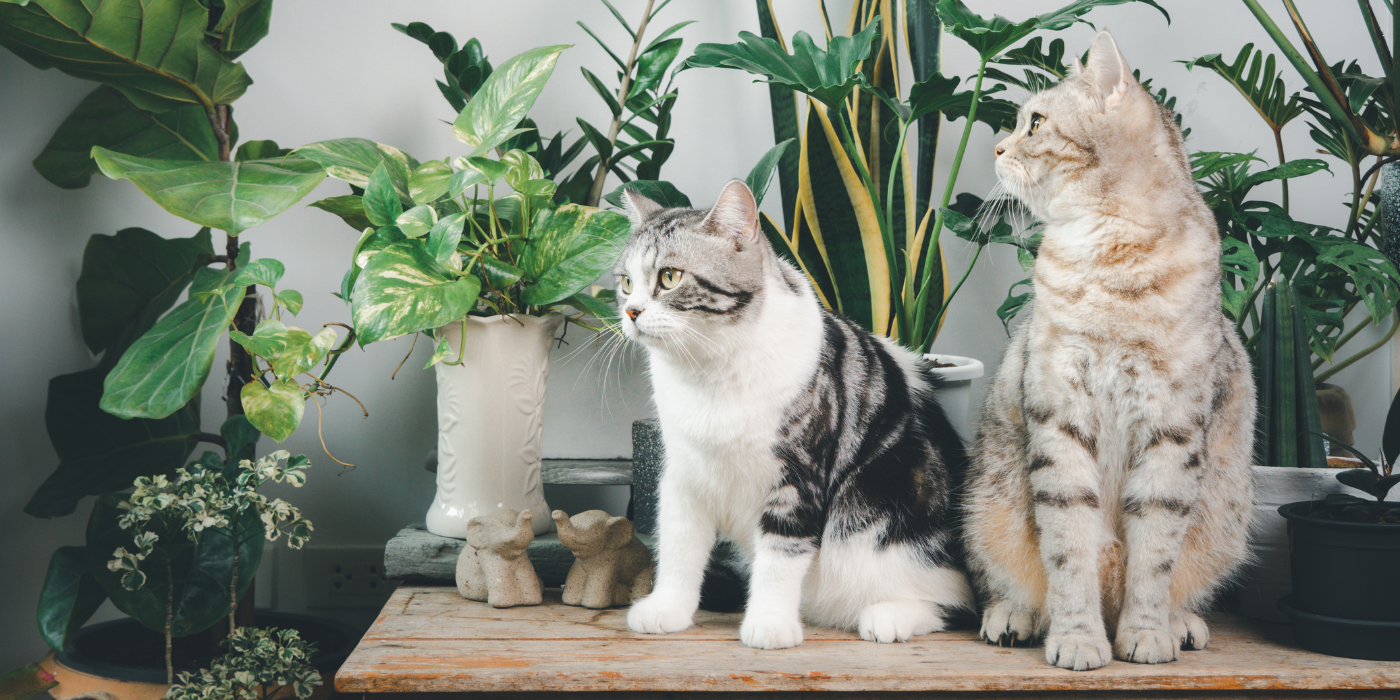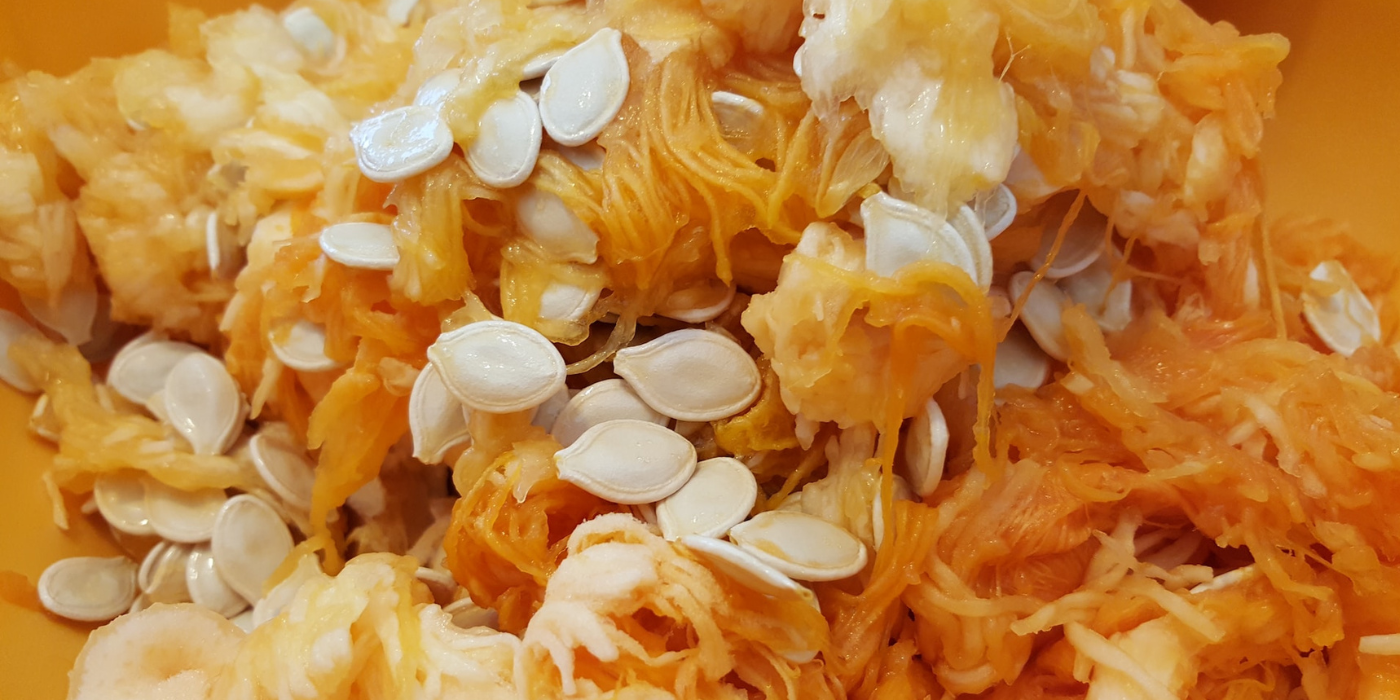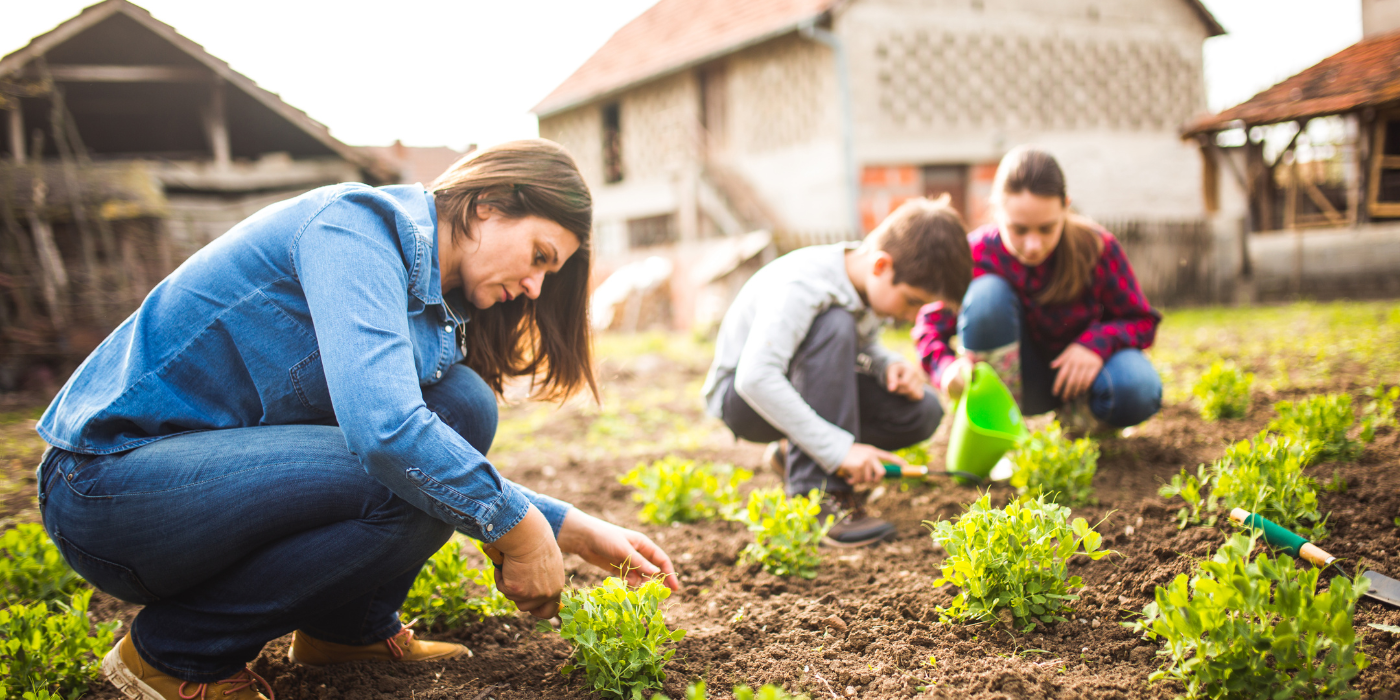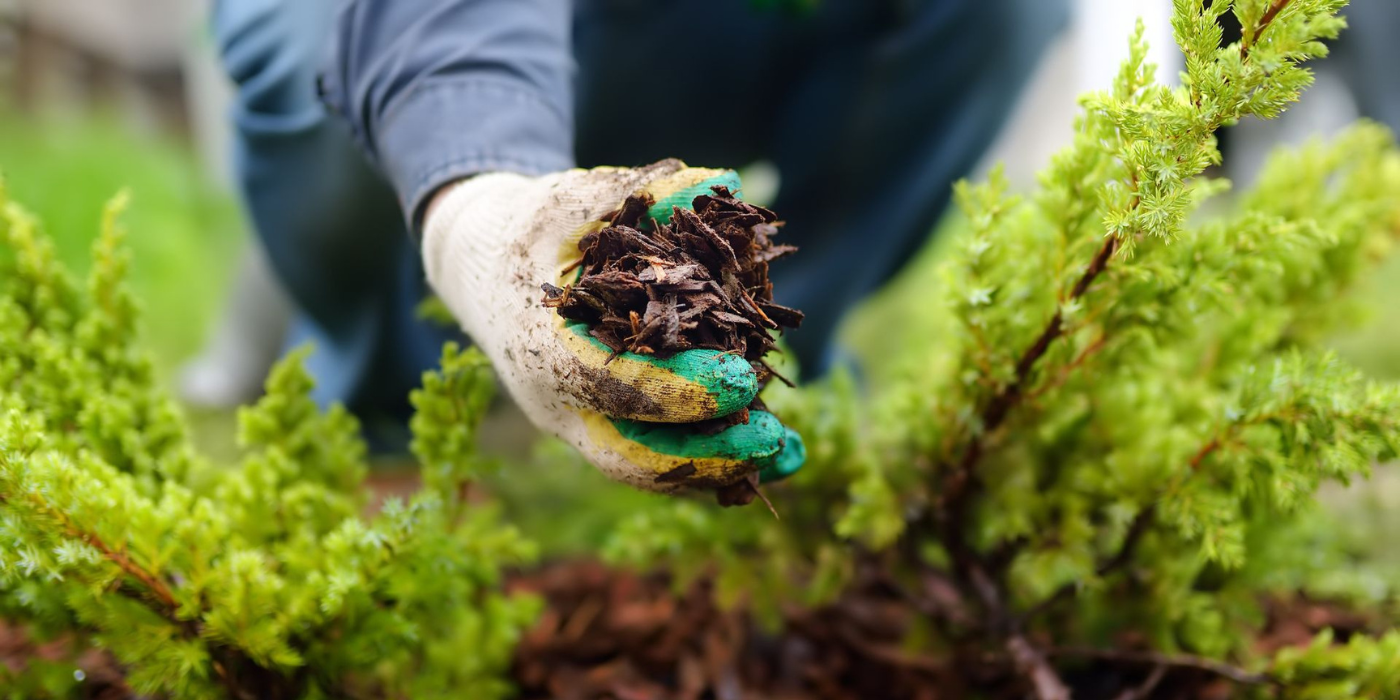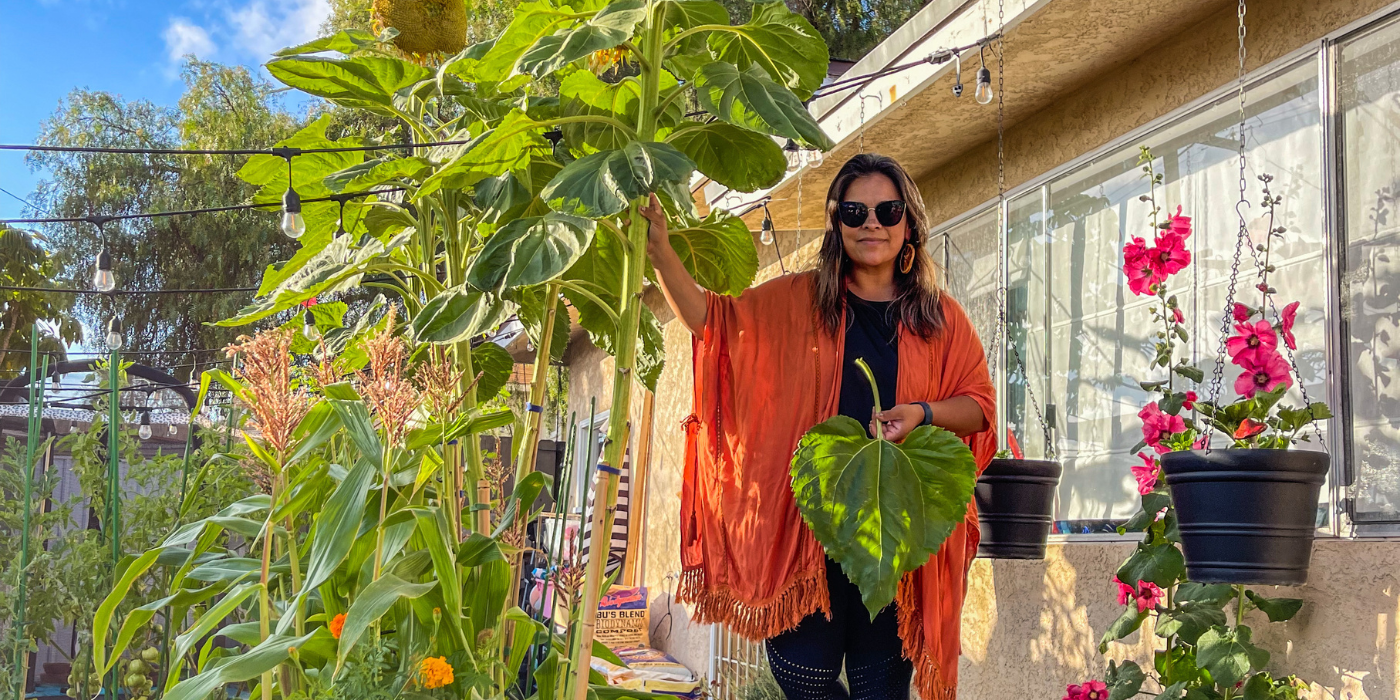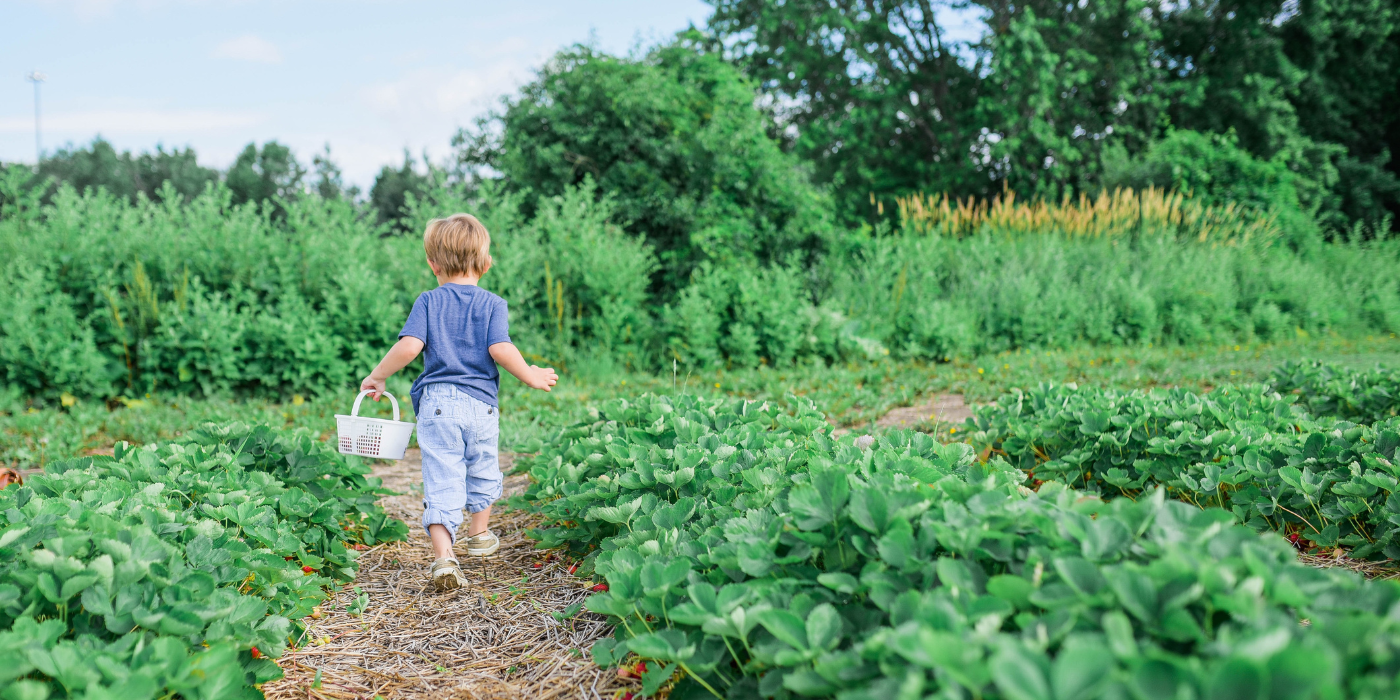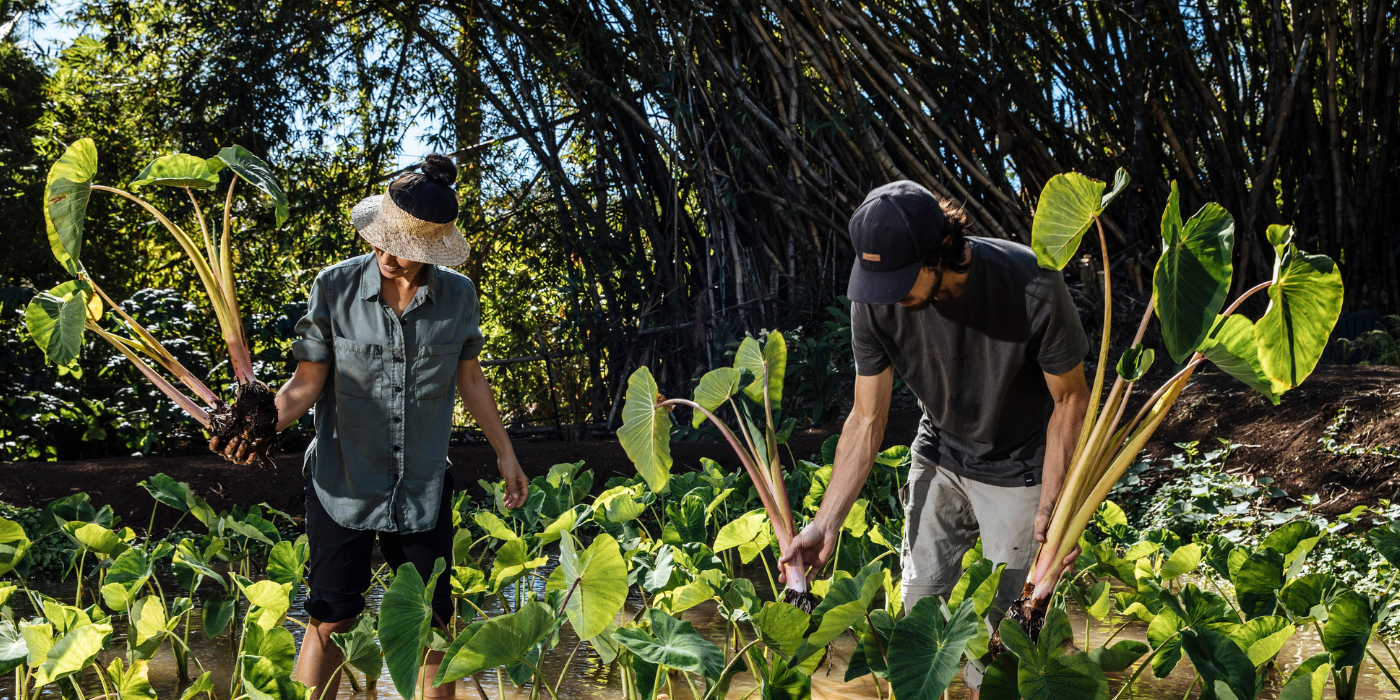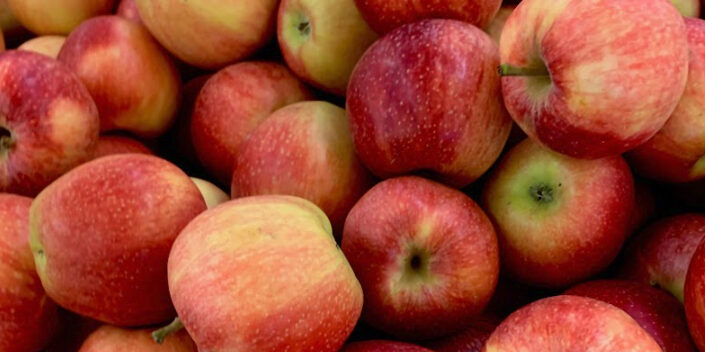Houseplants and Pets Living in Harmony
November 9, 2023 Living Well Houseplants and Pets Living in Harmony It’s a conundrum many an interior designer, veterinarian, and pet owner has faced: Can houseplants and pets coexist without…
5 Earth-friendly Ways to Use Halloween Pumpkin Guts
October 25, 2023 Living Well 5 Earth-friendly Ways to Use Halloween Pumpkin Guts It’s pumpkin carving time! But what happens after pumpkins are carved, displayed, and start to rot? Just like all…
Living Our True Organic Sustainable Values
September 27, 2023 Living Well Living Our True Organic Sustainable Values Sustainability is woven into everything we do at True Organic, from the foundation of our mission to the powerful natural…
5 Gardening Tasks That Build Healthier Soil
September 8, 2023 Living Well 5 Gardening Tasks That Build Healthier Soil Can you feel fall in the air? As sunsets get earlier and cool weather approaches, it can sometimes feel like the year’s…
The Love of Gardening with Instagram Creator & DIY Garden Educator Cassandra Smith
August 28, 2023
Living Well
The Love of Gardening with Instagram Creator & DIY Garden Educator Cassandra Smith
Mental Health Awareness Month: How Gardening Supports Your Wellness
May 1, 2023 Living Well Mental Health Awareness Month: How Gardening Supports Your Wellness Why does gardening feel so good? There are so many ways gardening supports our health: from elevating our…
Growing Organic Futures With The CCOF Foundation
December 21, 2022 Living Well Growing Organic Futures With The CCOF Foundation You’ve probably heard of CCOF: a nonprofit organization that advances organic agriculture for a healthy world through…
5 Easy, Delicious Root Vegetable Recipes for Winter
November 28, 2022 Living Well 5 Easy, Delicious Root Veggie Recipes for Winter ‘Tis the season for all root veggies! While Winter can sometimes feel like an ebb in the abundance of garden…
3 Unique Apple Recipes You’ve Never Tried
November 11, 2022
Living Well
3 Unique Apple Recipes You’ve Never Tried
True Organic Fun Gardening Activities for Kids
September 23, 2022 Living Well Fun Gardening Activities for Kids Want to help kids grow their emotional and cognitive skills, apply academic principles, get outside, and learn to love fruits and…

